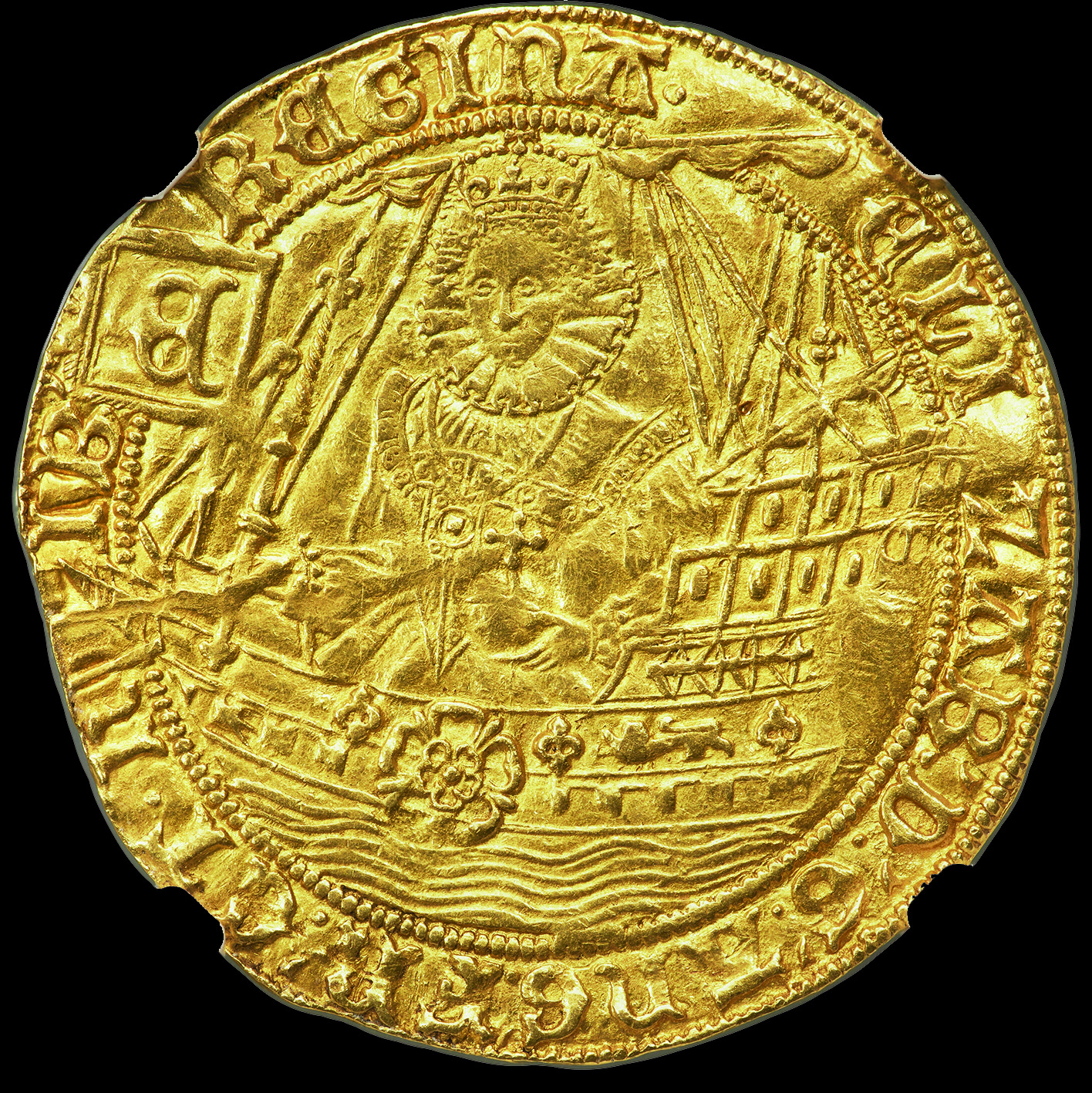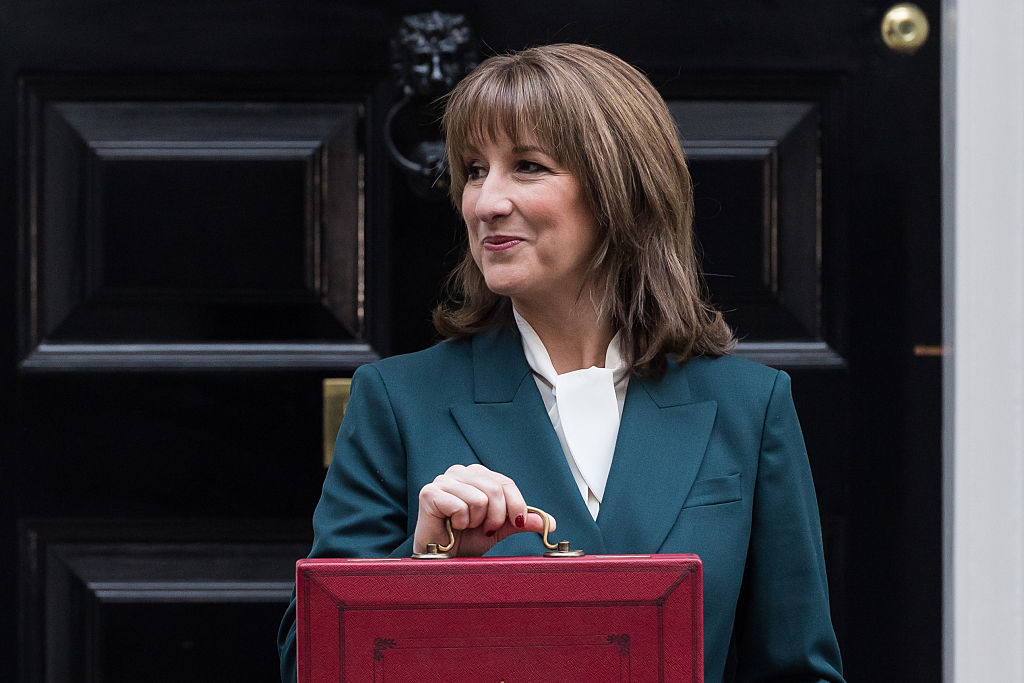Two of Britain's rarest gold coins
Gold coins from Britain are sought after by collectors around the world, says Chris Carter


The upcoming second wave of collectable British coins to wash over Heritage Auctions in Texas shows how important coins from this country are to collectors around the world and not just in Britain.
An Edward VIII bronze proof 1/2 penny from 1937 was the top lot from Part I of The Cara Collection of Highly Provenanced British Rarities sale in May, selling for $180,000, including the buyer’s premium. In Part II on 6-7 November, it will be the turn of Edward VIII’s great-grandmother, Queen Victoria, to test the depths of collectors’ pockets. A Victoria gold proof “Una and the Lion” £5 cameo from 1839 features one of engraver William Wyon’s most famous designs. A “proof” is a high-quality sample coin created ahead of a coin issue and one that is often intended for collectors and not for general circulation. A “cameo” is a coin that displays a deep contrast between the relief (the design) and the field (background).) Its “near-Choice” grade designation marks it out as an example that is in particularly good (if not mint) condition and the highest bid for it as of the start of the week was $234,000.
Meanwhile, a gold “Ship” ryal coin, worth 15 shillings in or around 1585, when it was made, is another highlight of the sale. On the obverse (“heads”) side, the coin features a stylistic and rather splendid portrait of Elizabeth I, sporting a large ruff and clutching her orb and sceptre aboard a ship, symbolising England’s rise as a naval power. It was also in 1585, during Elizabeth’s reign, that the first colony was established in America – at Roanoke in the modern US state of North Carolina – and that helps to lend the coin a certain appeal in American eyes. But it is also “one of the most… intensely hunted pieces in British numismatics” (coin-collecting), as Heritage puts it, because it is one of the last coins to be struck in the medieval design style, replete with heraldic flourishes – just as the Tudor era was shortly to come to an end.
MoneyWeek
Subscribe to MoneyWeek today and get your first six magazine issues absolutely FREE

Sign up to Money Morning
Don't miss the latest investment and personal finances news, market analysis, plus money-saving tips with our free twice-daily newsletter
Don't miss the latest investment and personal finances news, market analysis, plus money-saving tips with our free twice-daily newsletter
The "Ship" ryal is a curious gold coin
The ryal was always a rather curious coin and one of the many gold denominations in circulation in England at the time. It started life during the reign of Edward IV in the 15th century as an attempt to create a half-sovereign, worth 10 shillings. By the time of Elizabeth’s reign decades later, that figure had increased to 15 shillings. But in any case, the competing noble of six shillings and eight pence had become the standard gold coin and the ryal soon made way for the 10-shilling angel. It is for that reason that only a handful of “Ship” ryals, featuring Elizabeth as Britannia, were struck at the Tower of London, and they remain some of the rarest gold coins from her reign. The present example is expected to fetch up to $150,000.
This article was first published in MoneyWeek's magazine. Enjoy exclusive early access to news, opinion and analysis from our team of financial experts with a MoneyWeek subscription.
Get the latest financial news, insights and expert analysis from our award-winning MoneyWeek team, to help you understand what really matters when it comes to your finances.

-
 The best real estate opportunities to invest in for 2026
The best real estate opportunities to invest in for 2026House price growth may be slowing but offices and online shopping are driving growth in real estate investment
-
 Asia's new tiger economy: MoneyWeek Talks
Asia's new tiger economy: MoneyWeek TalksPodcast MoneyWeek's editor, Andrew van Sickle, speaks to Dragon Capital's Thuy-Anh Nguyen about Vietnam's remarkable rise
-
 Leading European companies offer long-term growth prospects
Leading European companies offer long-term growth prospectsOpinion Alexander Darwall, lead portfolio manager, European Opportunities Trust, picks three European companies where he'd put his money
-
 How to harness the power of dividends
How to harness the power of dividendsDividends went out of style in the pandemic. It’s great to see them back, says Rupert Hargreaves
-
 Why Trustpilot is a stock to watch for exposure to the e-commerce market
Why Trustpilot is a stock to watch for exposure to the e-commerce marketTrustpilot has built a defensible position in one of the most critical areas of the internet: the infrastructure of trust, says Jamie Ward
-
 Tetragon Financial: An exotic investment trust producing stellar returns
Tetragon Financial: An exotic investment trust producing stellar returnsTetragon Financial has performed very well, but it won't appeal to most investors – there are clear reasons for the huge discount, says Rupert Hargreaves
-
 How to capitalise on the pessimism around Britain's stock market
How to capitalise on the pessimism around Britain's stock marketOpinion There was little in the Budget to prop up Britain's stock market, but opportunities are hiding in plain sight. Investors should take advantage while they can
-
 London claims victory in the Brexit wars
London claims victory in the Brexit warsOpinion JPMorgan Chase's decision to build a new headquarters in London is a huge vote of confidence and a sign that the City will remain Europe's key financial hub
-
 Reinventing the high street – how to invest in the retailers driving the change
Reinventing the high street – how to invest in the retailers driving the changeThe high street brands that can make shopping and leisure an enjoyable experience will thrive, says Maryam Cockar
-
 The consequences of the Autumn Budget – and what it means for the UK economy
The consequences of the Autumn Budget – and what it means for the UK economyOpinion A directionless and floundering government has ducked the hard choices at the Autumn Budget, says Simon Wilson